(Putting it here, as it has to be kept under wraps for a bit. But I seriously need some input, friends …)
A friend found an abandoned place while on vacation with family in Thuringia, Eastern Germany. Turns out that it is owned by the state and soon will be up for privatization. So last Friday, he went to visit it again and got shown around.
This is one of those cases where they do not look for money but a good concept that will benefit their local town and the region. So far, we got the mayor of the little town Saalfeld (ca. 30,000 people) hooked with a concept note about an eco-industrial innovation area – think “Wir Bauen Zukunft”. He really liked it – so much so that the person from Thuringia also present on that guided visit was asking “What did you tell him that made him so enthusiastic that he made an appointment for a guided tour so fast?” ![]()
Thuringia intends to offer this place publicly (“call for concepts”) early next year. So there is now a window of opportunity of ca. 2 months where it is guaranteed that only we know about this opportunity, and being able to hand in a detailed concept on the basis of which we might “win” the space. In our estimation, a 1 EUR sale is in the realm of the possible but the area needs (say) 500,000 EUR to be operational again, and then more investments over years and decades.
The problem is, the object is far too large to manage and operate as a small association (which was my friend’s original idea, to use it for the food rescue operations). So I’m turning to you for ideas, proposals of how you or somebody you can recommend might want to be involved, and so on. You can talk to trustable people about it, but not make anything public please. If we decide on building a consortium-like concept using our networks, then we can start to publish about it next week, after talking it through with the mayor early next week as promised.
What follows is a rough description of the place.
1. General Information
Red dashed area in the map below is the area for sale. Total size ca. 80,000 m² with approx. 26 buildings on it. It had been a GDR army military installation and lateron a vacation village for children, which closed its operations in 2017 due to insolvency of the association operating it.
Condition of the buildings is generally good, as they had been in use until 2017. One building is very new (the kitchen / common eating hall), one is decent looking (the “Kulturhaus”, or culture house) while most of the others have an 1980s flair and need renovations.
Issues with the compound include (1) the missing plans and licencing of most of the former military buildings (means costs to re-licence, but the municipality is cooperative), (2) mobile objects being part of the liquidation mass, creating a legal mess / limbo, (3) there being a wastewater treatment system on the object that now serves the whole part of town (a few hundred people) but will have to be replaced with a modern one, (4) frost damage to the heating tubes, which can however be repaired relatively cheaply in DIY manner … but then again, it’s many buildings, so it’s a lot of cost still, (5) heating system is a district heating with oil burners, which would have to be replaced for ecological (and economical) reasons.
There is also a 22-page detailed document about the object from the time when the object was offered for sale (unsuccessfully) about three years ago. At the time, the sales offer ended when the town decided they want to check in detail if they want to own and operate the object, but eventually they decided against it a few months ago, due to which the object is in limbo again.
2. Notable buildings and objects
Dorms
Of these there are five. One is ready for destruction, the others are fine, but serious fire safety issues have to be solved. The one pictures has an attachment as it was used as the reception building of the former vacation village.
Two dorm buildings in full:
Dining Hall
This is the most modern and “best” building. Was built with >3 million EUR in public funding. Has cellar and two levels, the top level of which is still unfinished.
(original condition in 2017 / 2018)
(condition as of the visit last week)
(entrance area of dining hall; friend says all the buildings are as if left ina hurry, they even left this house plant, and the Christmas decorations)
Other living spaces
Apart from the dorm buildings which are in a bit of a questionable state, there are other buildings that can be partitioned into at least 15-20 generous flats.
Culture House
This is a kind of a large event space, with a stage, a restaurant kitchen, bar, attached flats etc…
(condition as of last week)
(road leading to Culture House, as of last week)
Hedges labyrinth
“Hmm, what is this labyrinth for?” – “Dunno, it came with the house.”
Visible here on Google Maps.
Warehouse, garages
One large 35 m x 8 m warehouse, and 17 or so garages of 21 m² each that could be easily adapted for use as workshops for small companies etc… Several other garages. Several asphalted parking lots.
Sports stuff
There is a downhill roller coaster thingy there, but the situation is a bit tricky (might be partially liquidated, and is on rented ground). But it’s still there, and complete, and licenced to operate until next year (at which point it needs another safety check).
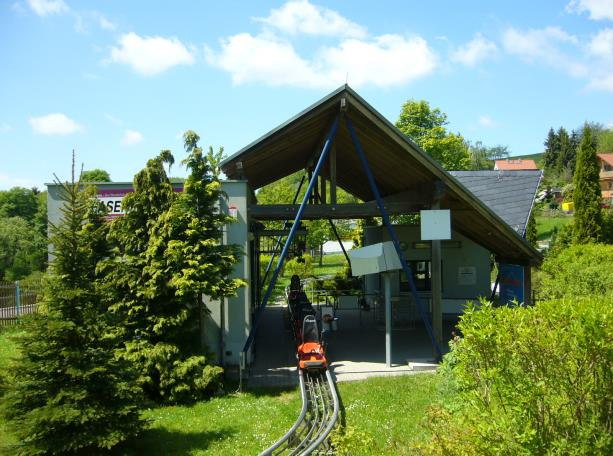
There is also a basketball area, a skater park, enough space for tents / camping / festivals etc…
Fable Book House
(Putting it here b/c it’s such a fun story:)
There is a super large book with children’s stories made by an artist, and they built a building around it. Now the book is still owned by the artist, but it is impossible (means: too expensive, and does not fit) to transport that book out of the house again.
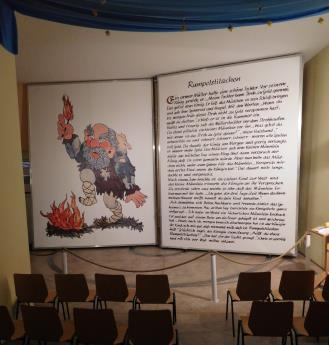
3. Concept so far
The concept we have pitched (and that met with interest) is for a kind of small industry park for ecological innovation. Startups etc. would get commercial space for their projects very cheaply, and could also live on the compound for cheap. If and once they are profitable, they would contribute more (and pay taxes to the local town). It would be a space for pre-market innovation. The focus was meant to be on food efficiency technology (recycling, preserving, rescuing etc.), but that can be opened up easily. The amusement elements would be used to provide day trip experiences for school classes (learning about food rescuing and also having fun …). Beyond that, they can also be used in a commercial manner.
Now, of course, that kind of basic concept can be bent a lot. Like, a full-on commune concept with common purse and all, as a space to experiment with ecological autarky. Or a space incl. demo ground for ecological living, such as the Sieben Linden ecovillage (of whom @felix.wolfsteller is here on Edgeryders). Or maybe @hugi might want to bring the Borderland festival to Germany? Since Borderland is looking for an area already? ![]()
Personally: This is just my current idea, up for discussion and changes as everything else at this stage. On the social side I’d want a space that creates a completely sustainable “best life” for people currently at the edges of society, from downtrodden inventors to refugees and everyone else of the type of the original Edgeryders crowd. Making the most intensive, most fun use of the area, at the lowest cost to participants. Life as it should be – without having to worry about rent or being forced to do bullshit jobs. An “eco-industrial commune” similar to Calafou, but with 100+ people present at any time. On the tech side, well, you know the kind of autarky tech I like to invent, and I’d want to pioneer some of that in the space, and also PayCoupons as the local money. All results would be documented as open source technology for others to replicate (“appropriate tech for the next civilization”). I am up for moving to that space and organize it for about five years, but then would want it to be able to continue on its own (and would return in old age).
Another big open question would be a suitable governance structure for this. Maybe, with the learning experiences we had of unMonastery and OpenVilage House Sidi Kaouki, we could now come up with something great?
Oh and, funding of course. Happy to hear your recommendations of funding sources. Not so much for the initial purchase, but for the necessary investments and repairs afterwards.
At this stage, anything goes. Happy to hear your ideas. Not sure at all if we can pull this off and how, but I think it would be a shame not to try.

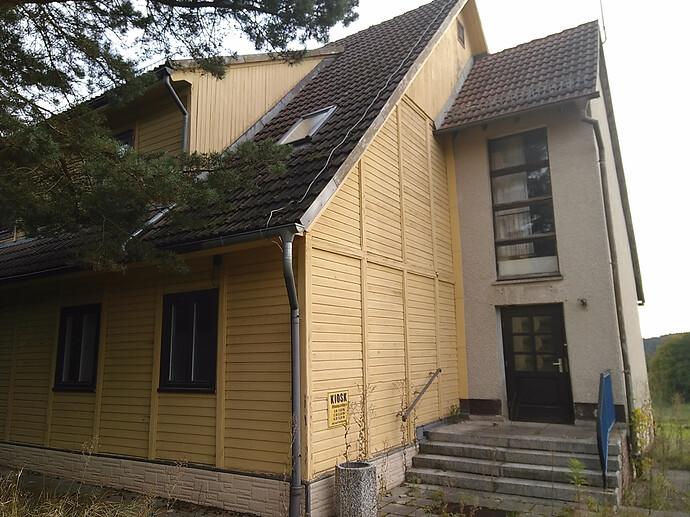


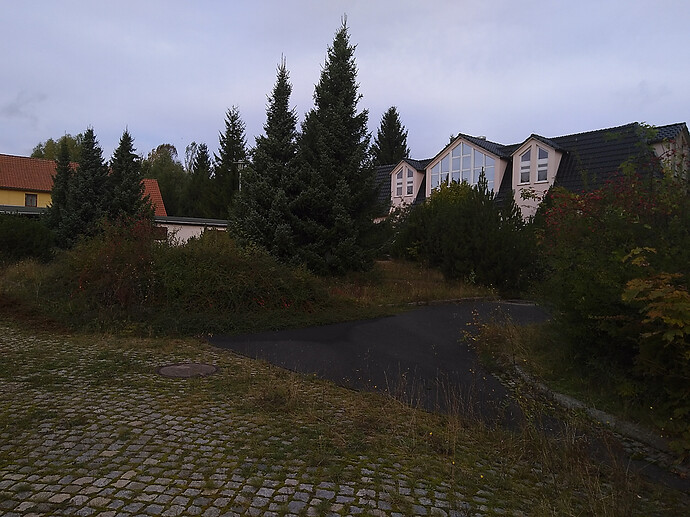

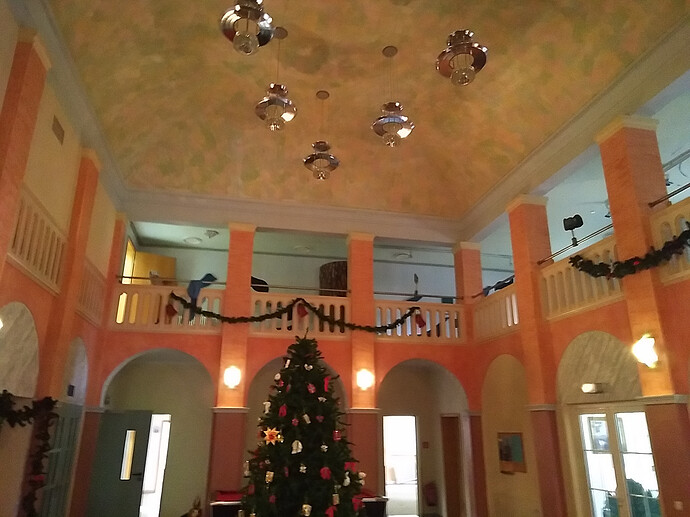
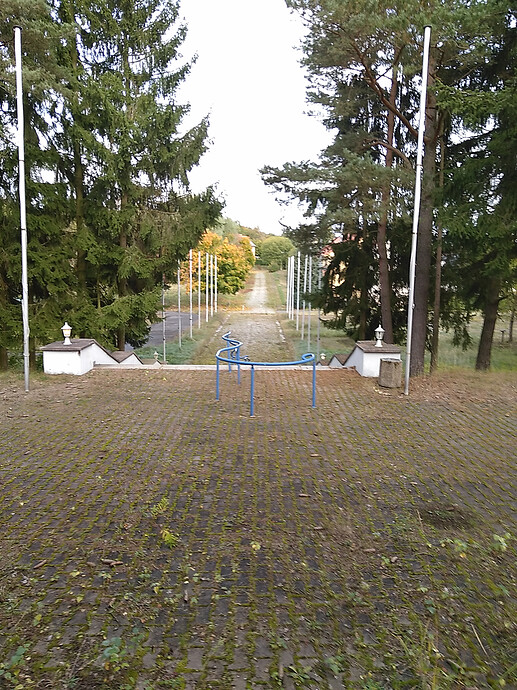
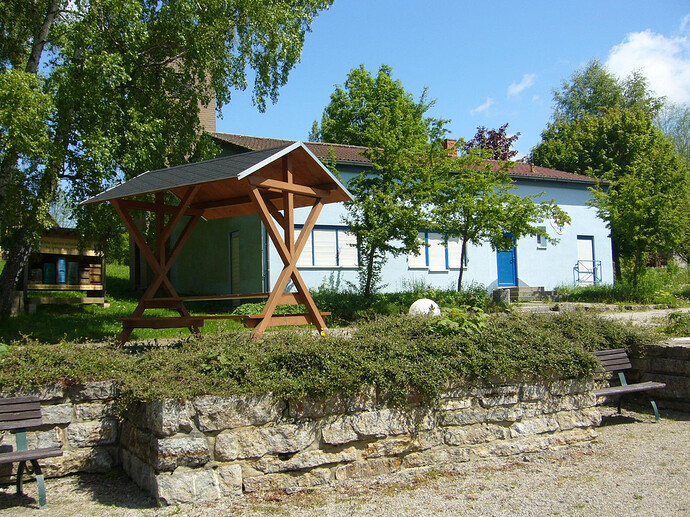
 ok WOW. Gonna think about this for a day or two.
ok WOW. Gonna think about this for a day or two.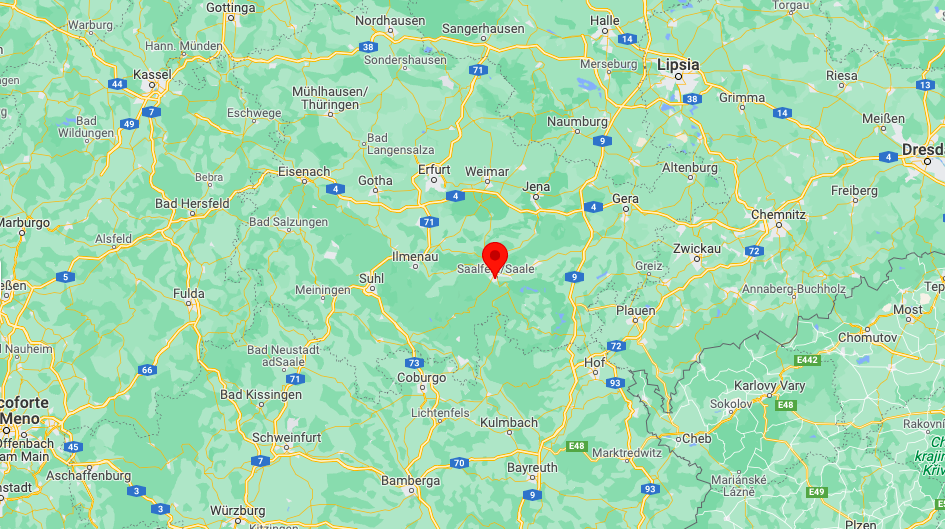

 We decided to go with a “bioeconomy” framing, as that is a trending political topic in Germany these days that even made it to the motto of the German “science year” this year. A commune, festivals, art, other economic simulations and alternatives can all be connected to that in practice.
We decided to go with a “bioeconomy” framing, as that is a trending political topic in Germany these days that even made it to the motto of the German “science year” this year. A commune, festivals, art, other economic simulations and alternatives can all be connected to that in practice.